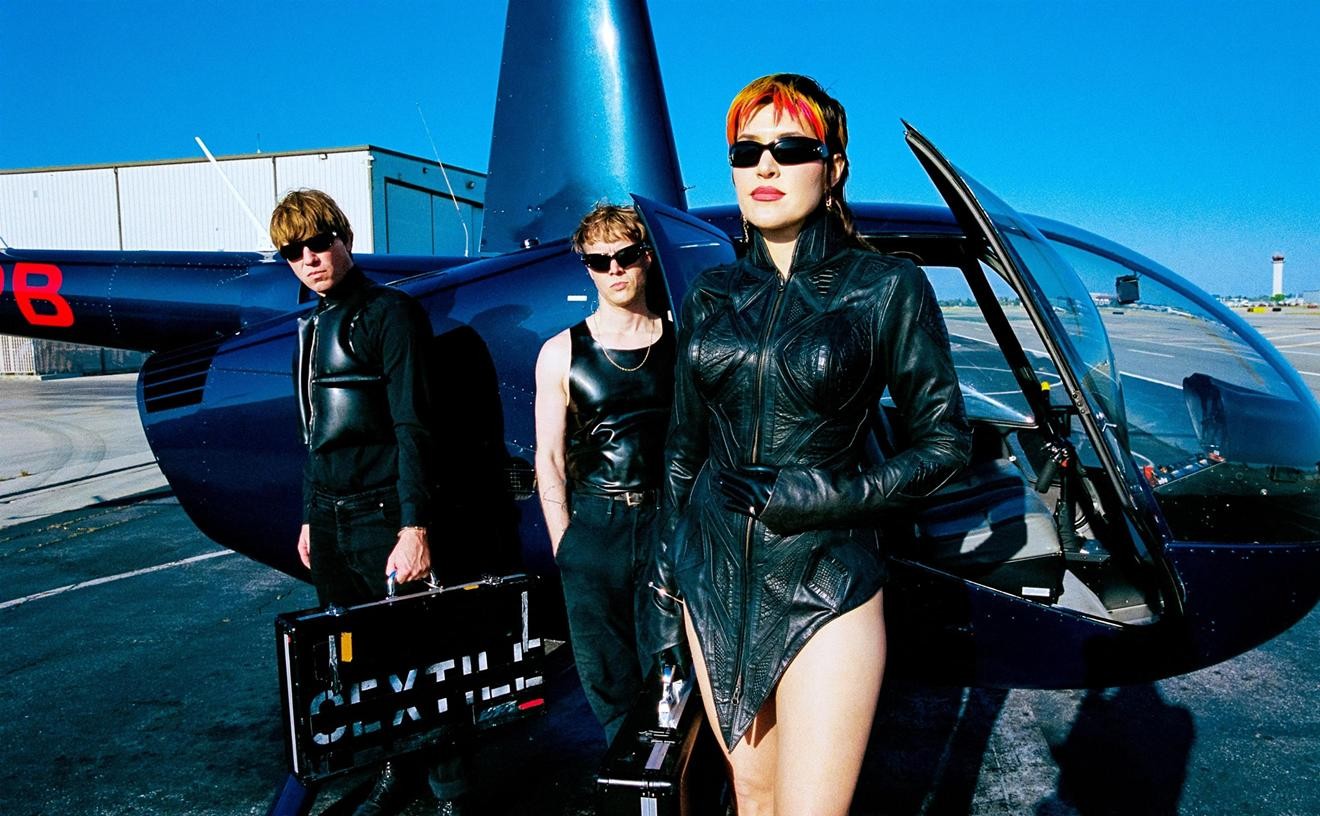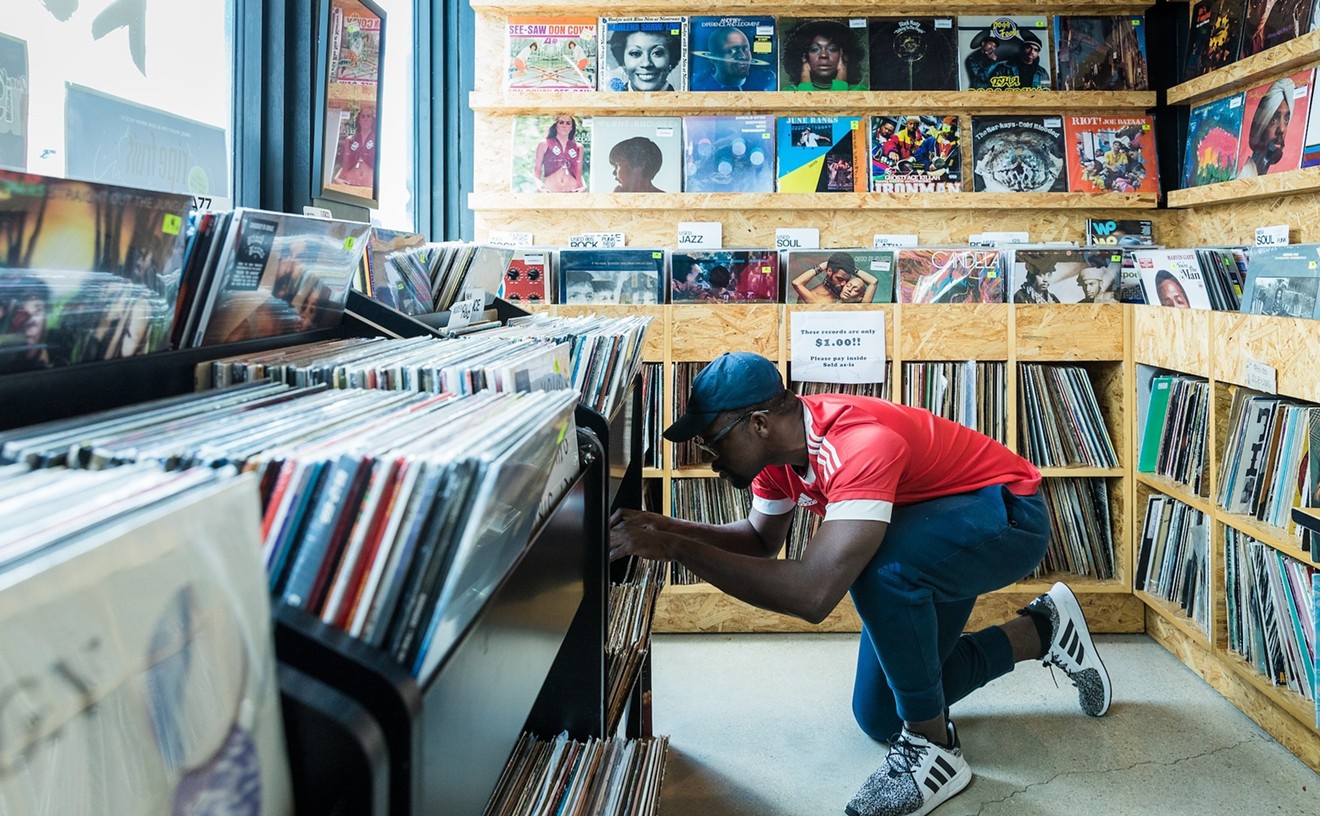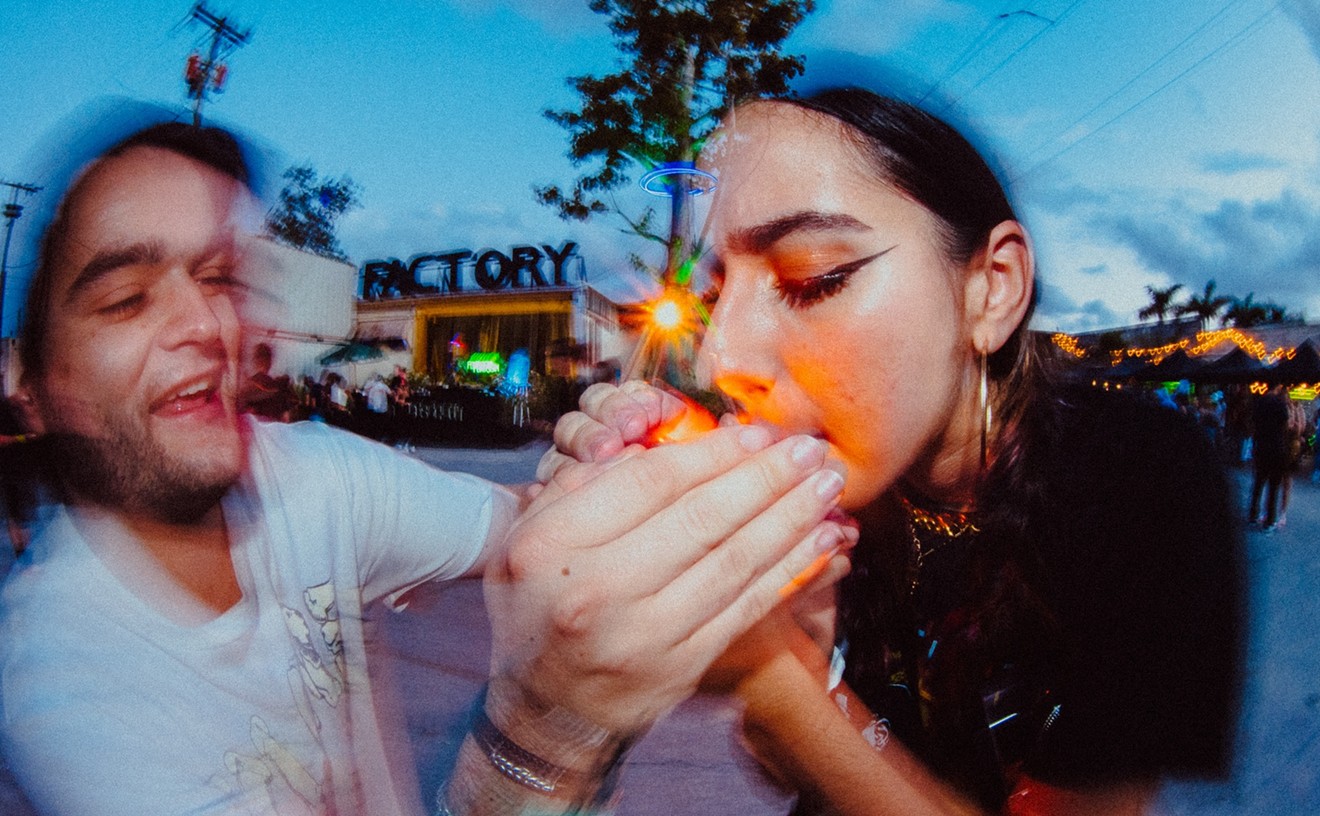Latin trap is getting its time to shine in Miami. Most recently, Farruko, a Puerto Rican artist, hosted a leg of his TrapXFicante tour at the James L. Knight Center with a lineup of artists making special appearances, including Lary Over, Jacob Forever, Yandel, Justin Quiles, Ñengo Flow, and Tory Lanez.
Latin, or Spanish-language, trap is influenced by black culture, specifically Southern hip-hop. (The term "trap" relates to places where drug deals take place.) It began with Latin trappers taking known beats and dropping their rhymes on top.
Like original trap, the message of Latin trap is mostly “la calle,” or the streets — hustling, sex, and drugs.
“I rap about a lot of things that have happened to me, people I know, and things that happen in real life that listeners can relate to," says Puerto Rican artist Lary Over, who's signed to Carbon Fiber Music. "Topics differ, like situations with women, relationships, and street life. With my music, people can express themselves. People like to be who they are and not what people want them to be, and they can relate their story to my music and use that as their expression.”
Local Colombian artist James Lance says the scene has been growing over the past year. Though the Latin trap movement is underground in Miami, he hopes artists can help the genre grow. “The Spanish trap scene is very new, like almost two years old. Dembow, reggaeton, and other genres that came before have paved a path for this market. But people love it because of the beats; despite the message, if the beat is fire, people listen,” Lance says. “I look up to the scene in Puerto Rico because the artists there support each other... I would like people in Miami to be more united. There’s so much money out there."
Lance says in Miami, Latinos and Latin trappers are producing more content. A year ago, no one wanted to listen to Latin trap, and despite the local scene being thin, artists such as himself, MikeyTriipy, and Cuban Xantanna represent the genre here.
Bryant Myers, a Puerto Rican artist recognized for introducing Latin trap to the mainstream in 2015 with his song "Esclava," says he wasn’t expecting Latin trap to grow as rapidly as it has. But he’s also mindful that for the music to reach a wider audience, the message needs to evolve. “I do feel the pressure to change the message of my music to something more mainstream, with another style that’s not all on the streets, drugs, and sex, and lyrics that are not as explicit. I’m working on those commercial songs now, but I feel like it’s time to take it to another level. It was necessary to talk about the streets because no one was doing it — the streets didn’t have a sound — but we can only speak of la calle so much.”
Latin trap is here to stay, Lary Over says, because the genre is spreading through digital consumption. Instagram, streaming apps, and YouTube have connected the music to the people.
Lance agrees but says despite the digital connection, a movement still needs an audience and consumers to keep its pulse. He wants artists in Miami to know there's a seat at the table for Latin trap.
Through his YouTube episodes of studio sessions; his label, IV Records; and his team, Faith La Familia, he’s been collaborating with artists. For instance, he manages local Dominican rapper Renzzo. Ultimately, Lance hopes the movement can grow the way it has in Latin America and merge into the mainstream trap scene. He says that eventually he wants to collaborate with artists like Zoey Dollaz.
“Sometimes you have to take risks and just do," he says. "People don’t know the work behind the music. It’s a constant job, but the hard work drives progression.”
[
{
"name": "Air - MediumRectangle - Inline Content - Mobile Display Size",
"component": "19274298",
"insertPoint": "2",
"requiredCountToDisplay": "2"
},{
"name": "Editor Picks",
"component": "17482312",
"insertPoint": "4",
"requiredCountToDisplay": "1"
},{
"name": "Inline Links",
"component": "18711090",
"insertPoint": "8th",
"startingPoint": 8,
"requiredCountToDisplay": "7",
"maxInsertions": 25
},{
"name": "Air - MediumRectangle - Combo - Inline Content",
"component": "17482310",
"insertPoint": "8th",
"startingPoint": 8,
"requiredCountToDisplay": "7",
"maxInsertions": 25
},{
"name": "Inline Links",
"component": "18711090",
"insertPoint": "8th",
"startingPoint": 12,
"requiredCountToDisplay": "11",
"maxInsertions": 25
},{
"name": "Air - Leaderboard Tower - Combo - Inline Content",
"component": "17482313",
"insertPoint": "8th",
"startingPoint": 12,
"requiredCountToDisplay": "11",
"maxInsertions": 25
}
]














